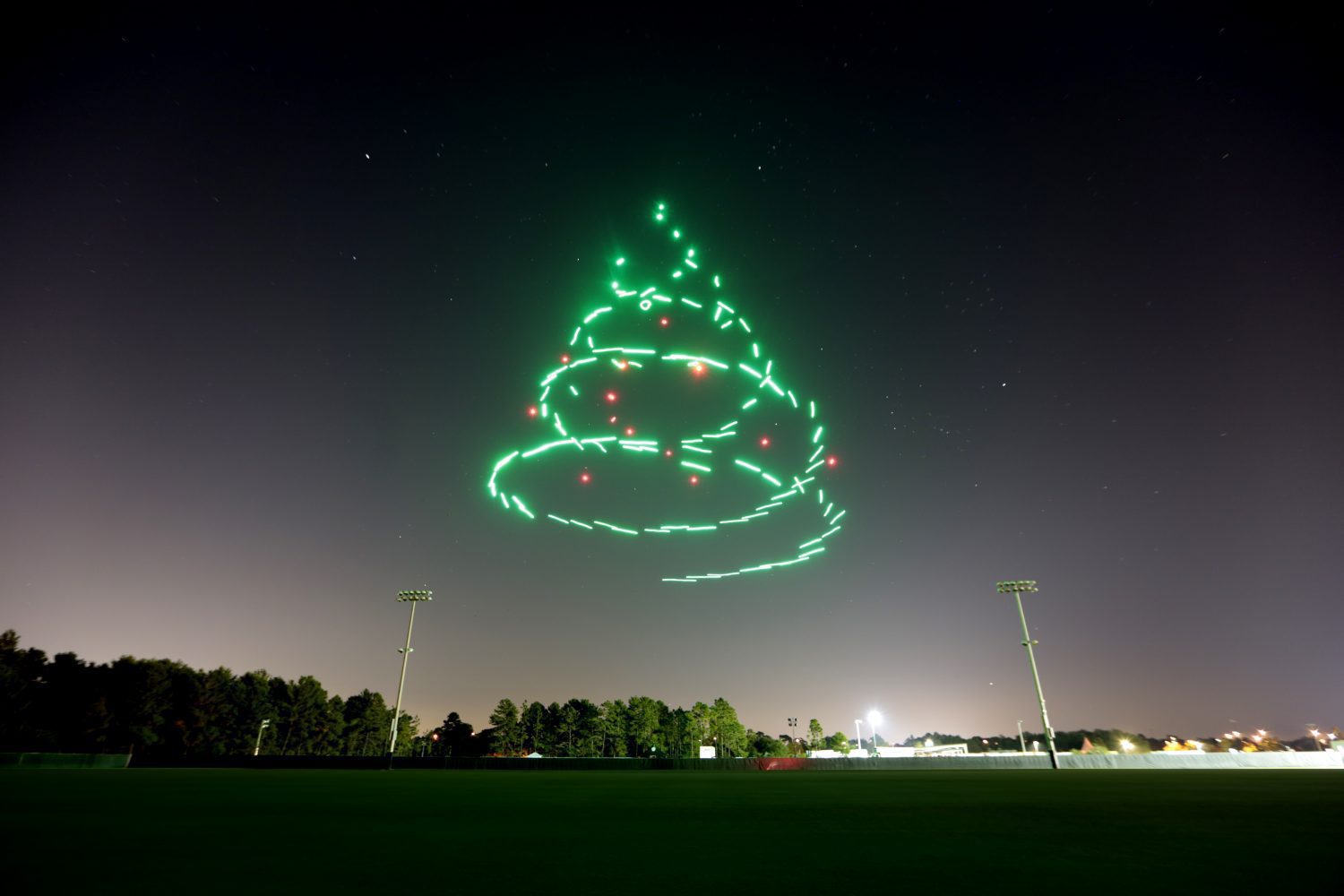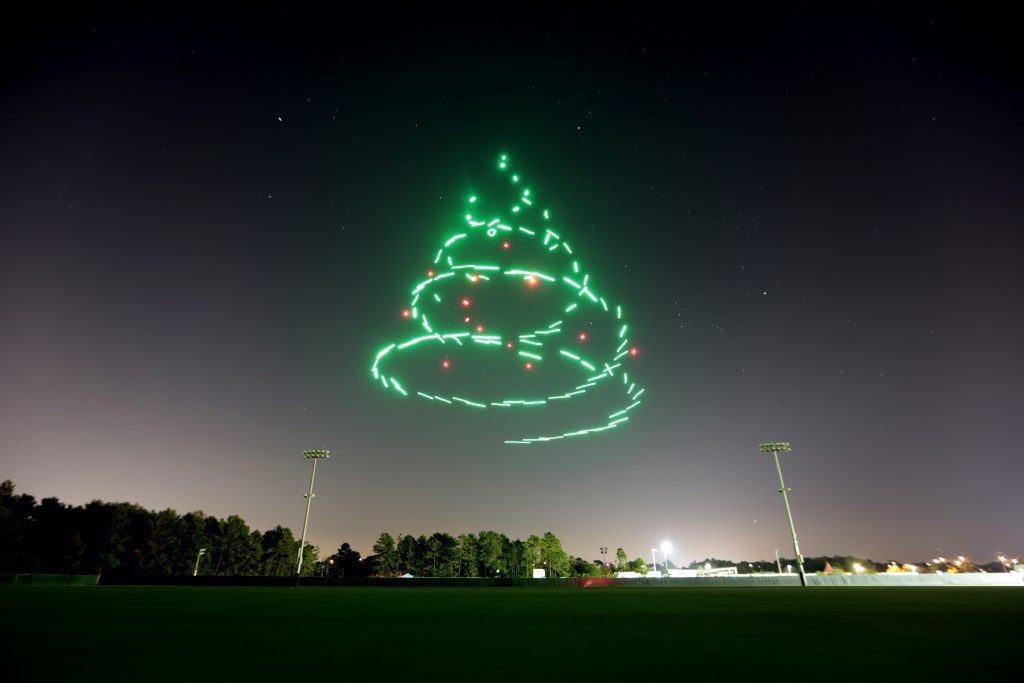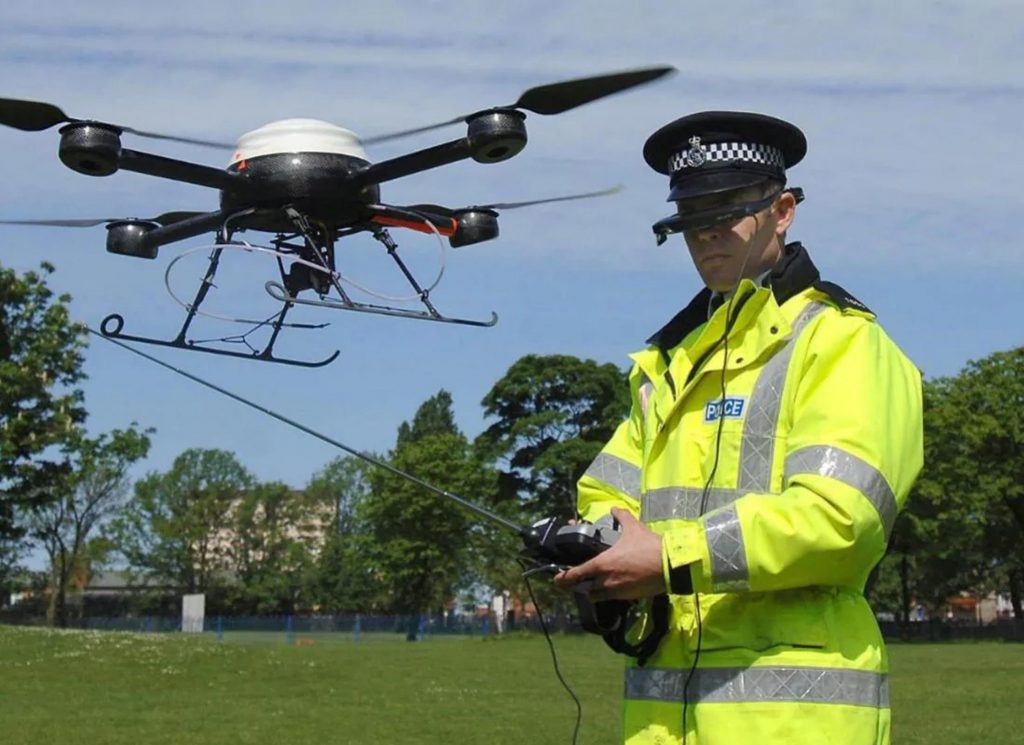I HAVE always said that the one thing that will never change about our industry is that it will always continue to change! I have watched and participated in the evolution of our leisure industry for 50 years this year. As a result, I believe there are five important trends that should continue to be watched.
#1. Technology impact – Back in 1969 when I joined the Coney Island, Ohio, amusement park, three years before we built and opened King’s Island, I was eager to see, learn and recommend ideas to management that I thought were cutting edge technologies that would shape the future of how we entertained our guests. Looking back over these five decades, I still see some ideas that were supposed to have emerged at warp speed, that are still in their infancy.
One, for example, is holography. I saw my first hologram exhibit on my first trip to California in 1969. I marveled at the concept of seeing an image projected in mid-air! No screen, just a small projection in a small glass case about two feet tall. The room needed to be dark, really dark, to see the projection well. I can remember standing there thinking “wouldn’t it be great if we could use a hologram to theme a dark ride or a water ride?” For example, what if we could create a holographic curtain of fire that could race a coaster train or a flume boat through fire? Wow, people would marvel!
Well, 50 years later, holograms have evolved and are used in various ways, but in my opinion, holography has not risen to the level that would allow it to be used in a kinetic manner on a large-scale ride. The Football Hall of Fame in Canton, Ohio, USA, uses a hologram for a major exhibit; however, I cannot find another large platform that uses this element related to their parks. Artificial intelligence, augmented reality and yes, even virtual reality, robotics and 3-D printers are all coming in some form and have a place in our industry.
The future world of ICT (information and communications technology) will fully impact our industry by tying together all aspects of communication including wireless, software, middleware, etc., to help us inform and entertain guests, in some cases even before they arrive at a facility. Digitalisation is here and expanding in both form and function. The ultimate impact will be immeasurable.
#2. Drone usage – From security, to maintenance, to show entertainment, drones will be more and more utilised and applicable to the leisure industry. Drones will become as common and important as two-way radios were at the birth of our industry in the 60s. Universal has already begun using drones in its entertainment projects, while Disney has quite a few patents pending and in place for drone usage. Not only for show, but security and safety inspections too, drones will be used more and more and their roles expanded within the leisure industry over the next 20+ years. Drones are here to stay!
#3. Cruise ship entertainment – I foresee other major leisure organisations entering the cruise ship entertainment market. One only has to look at cruise lines such as Royal Caribbean and Disney to see the impact they have created in the leisure market; no signs of slowing here. In 2019, Royal Caribbean is expected to entertain over one million guests and over two million guests in 2020. Disney too experienced significant growth on their cruise line with over 1.4 million people in 2018. Both Royal Caribbean and Disney have their own islands to sail to, with amazing entertainment offerings from food and beverage, to retail, to various incredible types of family and adult entertainment. I believe we will see theme park operators who are not already in the cruise business join in with existing cruise lines to bring more theme park magic to the high seas.
#4. Pricing evolution – For almost eight years I have been espousing the necessity and rewards for introducing true dynamic pricing. The pay-one-price (POP) system has been in existence since 1961 – 58 years. Based on the maturity of our industry and the ever-changing upward price increase, we are seeing a need to re-constitute our pricing programmes.
Disney has been enormously successful with their introduction of a form of dynamic pricing, which has softened the crowds at the busiest times of the year, while improving revenues. Once the concept is fully understood by other members of the industry, we will see both revenue and guest experience improvements. Whether you want it or not, this style of pricing is coming to the industry.
#5. Faster fast passes – No-one wants to stand in line no matter who we are or what we are visiting. Banks, grocers, airports, concerts, theme parks – we are going to continue to look for ways through technology and diversions to shrink queue waiting time. People are impatient and park operators will continue to search for the “Holy Grail” of shortening queues and people’s waits. Is it on the horizon? I think we will continue to find ways to improve the waiting lines, but they will never go away. Diversions to suggest eating and shopping will assist with the pain of waiting, but some form of lines is here to stay.
All in all, we continue to evolve. The areas discussed here are on the radar in an upward manner. Let’s check back in 10 years to see how our predictions have unfolded.
By Dennis Speigel
Continuing his series of articles on the attractions industry, International Theme Park Services (ITPS) president Dennis Speigel looks at various trends within the leisure industry and the impact they may have in the future
Dennis Speigel is president of International Theme Park Services (ITPS), based in Cincinnati, Ohio, USA. A past chairman of the International Association of Amusement Parks and Attractions (IAAPA), he has over 50 years of experience in the theme park and leisure industry. Since its inception in 1983 ITPS has worked on over 500 projects in 50 countries and is uniquely qualified to assist in all aspects of entertainment project development.




















